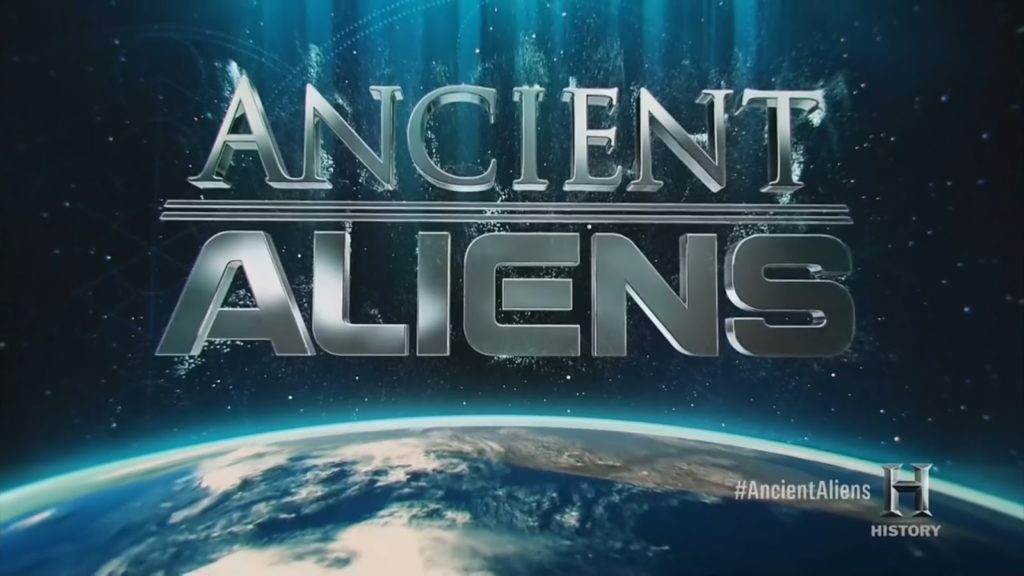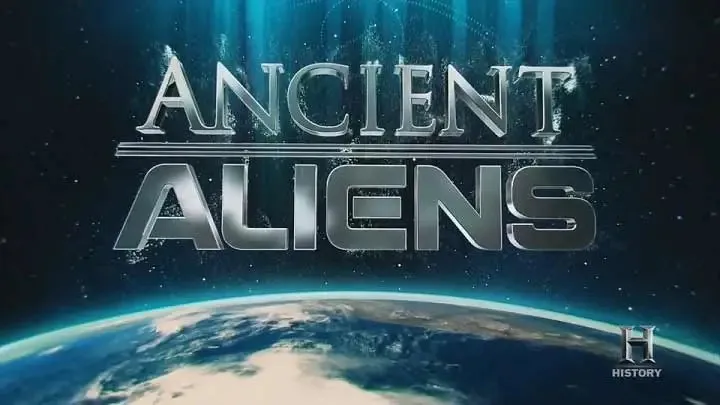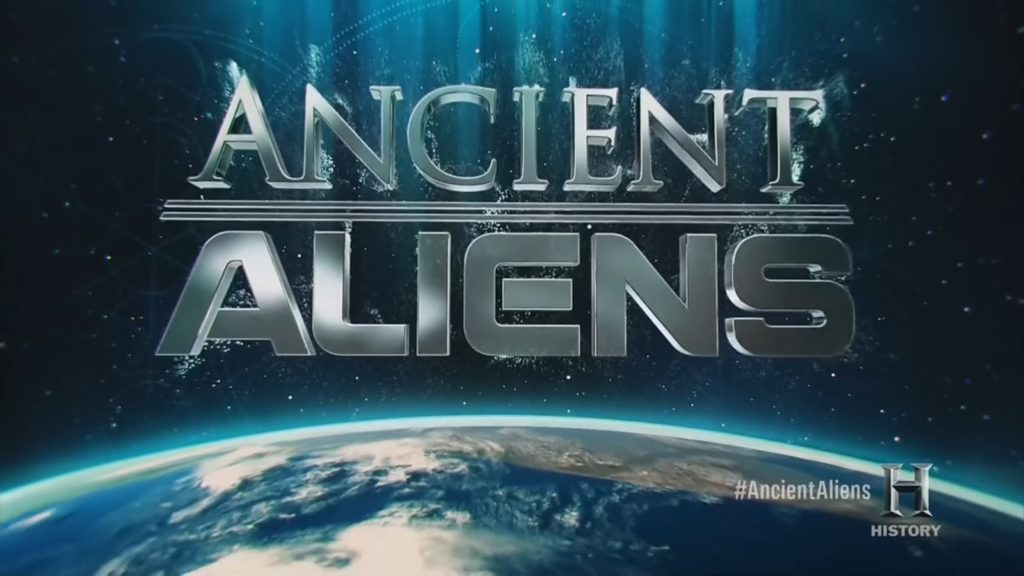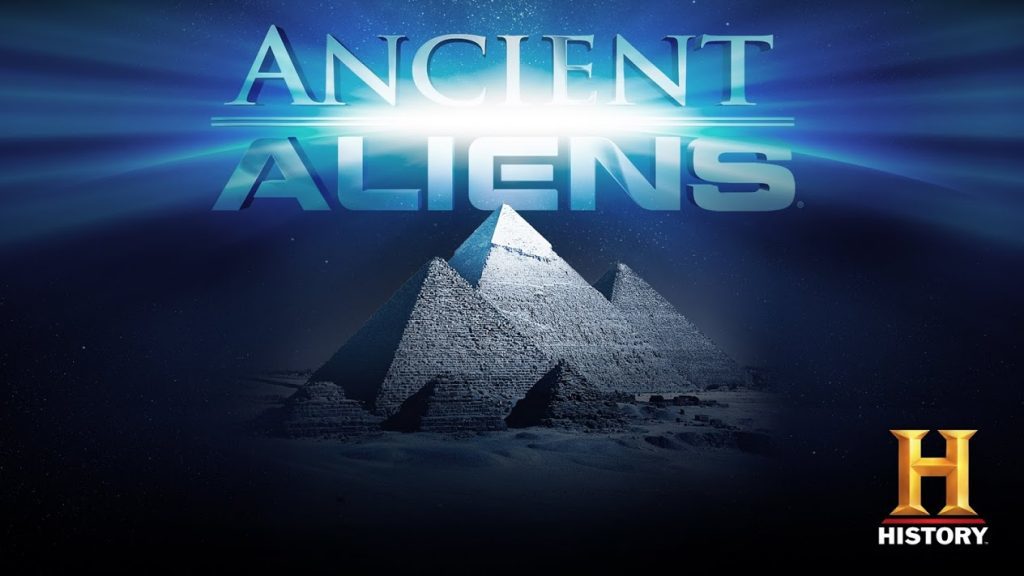Ancient Aliens – NASA’s Secret Agenda: When German aerospace engineer Wernher von Braun joined the U.S. military and space programs after World War II, he quickly became one of the foremost scientists credited with developing the ballistic missile, the first American satellite and the enormous Saturn V rocket that enabled man to reach the moon.
Von Braun’s bold predictions that we would explore Mars and build a space station have become reality. But how is it that von Braun – whose contemporaries included such scientific geniuses as Nikola Tesla, Robert Oppenheimer, and Albert Einstein–was so far ahead of everyone when it came to rocketry? Did he have secret information collected by the Nazi party during WWII – or access to advanced technology recovered from the alleged UFO crash in Roswell, New Mexico in 1947? Or is it possible that the greatest rocket scientist the world has ever known found his inspiration not on our world, but another?
Ancient Aliens explores the controversial theory that extraterrestrials have visited Earth for millions of years. From the age of the dinosaurs to ancient Egypt, from early cave drawings to continued mass sightings in the US, each episode in this hit HISTORY series gives historic depth to the questions, speculations, provocative controversies, first-hand accounts and grounded theories surrounding this age old debate. Did intelligent beings from outer space visit Earth thousands of years ago?
NASA’s Secret Agenda – Wernher von Braun
Wernher von Braun was a German-American rocket engineer and space architect who played a key role in the development of rocket technology and space exploration in the 20th century. He was fascinated by the idea of space travel since his youth, and he studied physics and mathematics to pursue his passion. He worked for the German army during World War II, where he co-designed and co-developed the V-2 rocket, the first artificial object to reach space. He also joined the Nazi Party and the SS, and was involved in the use of slave labor and concentration camp prisoners to produce the rockets. He was arrested by the Gestapo in 1944 for expressing doubts about the war and the Nazi regime.
After the war, he surrendered to the American forces and was brought to the United States along with about 1,600 other German scientists and engineers as part of Operation Paperclip. He worked for the U.S. Army on various ballistic missile and launch vehicle projects, such as the Redstone, Jupiter, and Saturn rockets. He also collaborated with Walt Disney to popularize the concept of human space flight through films and television shows. In 1960, he became the director of NASA’s Marshall Space Flight Center and the chief architect of the Saturn V rocket, which launched the Apollo missions to the Moon. He was awarded several honors and medals for his contributions to science and engineering, including the National Medal of Science in 1975. He died in 1977 at the age of 65.
Unraveling NASA’s Enigmatic Agenda: A Deep Dive into Cosmic Secrets
NASA: Deciphering the Enigma
An Overview of NASA’s Rich Tapestry
Since its inception in 1958, the National Aeronautics and Space Administration, commonly known as NASA, has been at the forefront of space exploration, setting the bar extraordinarily high. Enveloped in an aura of mystery, NASA is often associated with classified missions, feeding the imaginations of those who find fascination in the cosmos.
Like an intricate mosaic, NASA’s story is a rich tapestry of triumphant victories, heartbreaking failures, and undying resilience. With their renowned Apollo moon landings, the pioneering Voyager missions, or the more recent Mars Rovers, NASA has pushed humanity’s understanding of the universe beyond the realms of imagination. Yet, a veil of secrecy continues to shroud many aspects of NASA’s operations, leading to speculation about its “hidden agenda.”
NASA’s Alleged Secret Agenda: Fact or Fiction?
The speculation surrounding NASA’s secret agenda often goes down the rabbit hole of conspiracy theories. However, one should tread with caution, not letting sensationalism cloud rational thinking. While the secrecy around some operations is real, it often serves more practical purposes than we realize.
For instance, maintaining operational security is paramount when it comes to innovative space missions. The potential for technological theft, if specific details are leaked, could jeopardize not only NASA’s competitive edge but also national security. Hence, confidentiality isn’t merely a product of some clandestine operations; it’s a necessity born out of practical considerations.
The Real ‘Secret’ of NASA’s Agenda
Contrary to popular belief, the real ‘secret’ of NASA’s agenda may not be shrouded in shadowy conspiracies but bathed in the light of day. The agency’s commitment to exploration, innovation, and the proliferation of knowledge is an ‘open secret’ that guides all their endeavours.
With a deep-rooted commitment to advancing scientific knowledge, NASA plays a critical role in addressing earthly problems too, such as climate change, disaster management, and technological development. The secret, it appears, lies not in enigmatic conspiracies, but in their unwavering dedication to science and human progress.
Thus, the narrative of a secret agenda might be more about perception than reality. NASA’s true mission remains the pursuit of knowledge, the exploration of the cosmos, and the betterment of humanity, even if some aspects of their work remain necessarily confidential.




